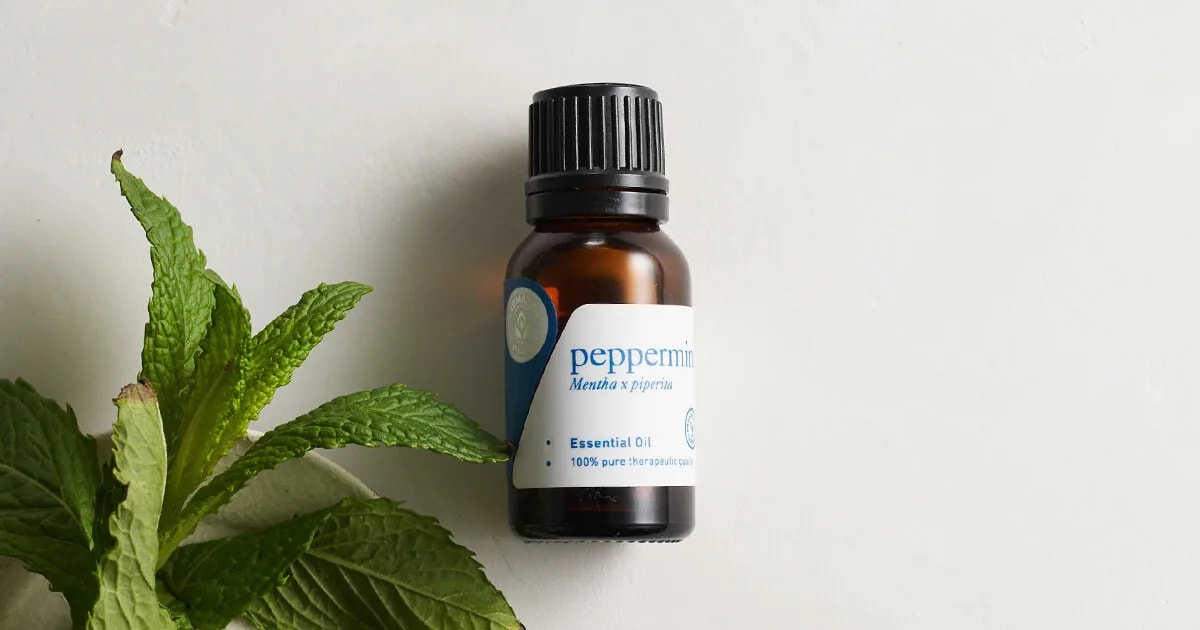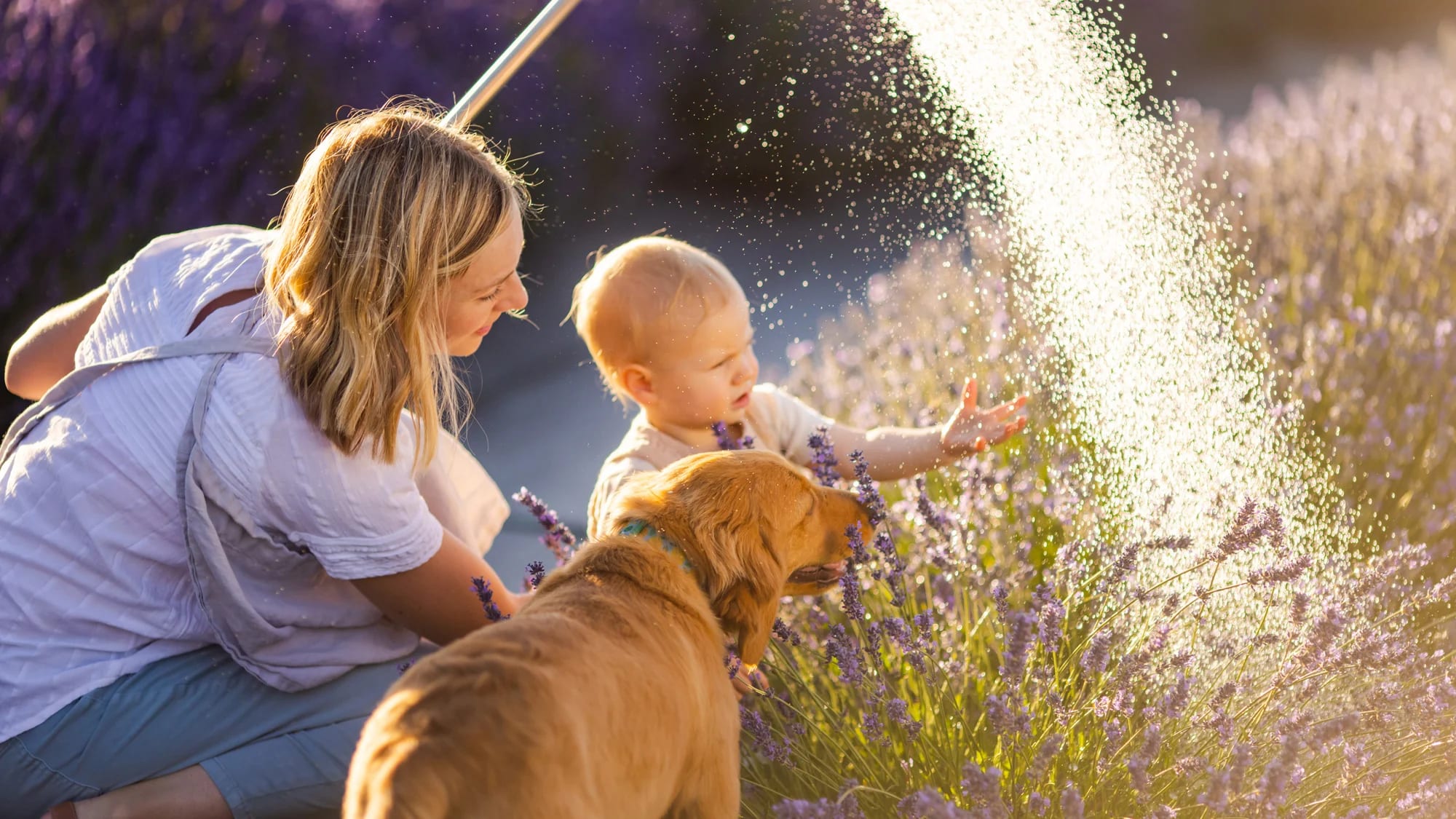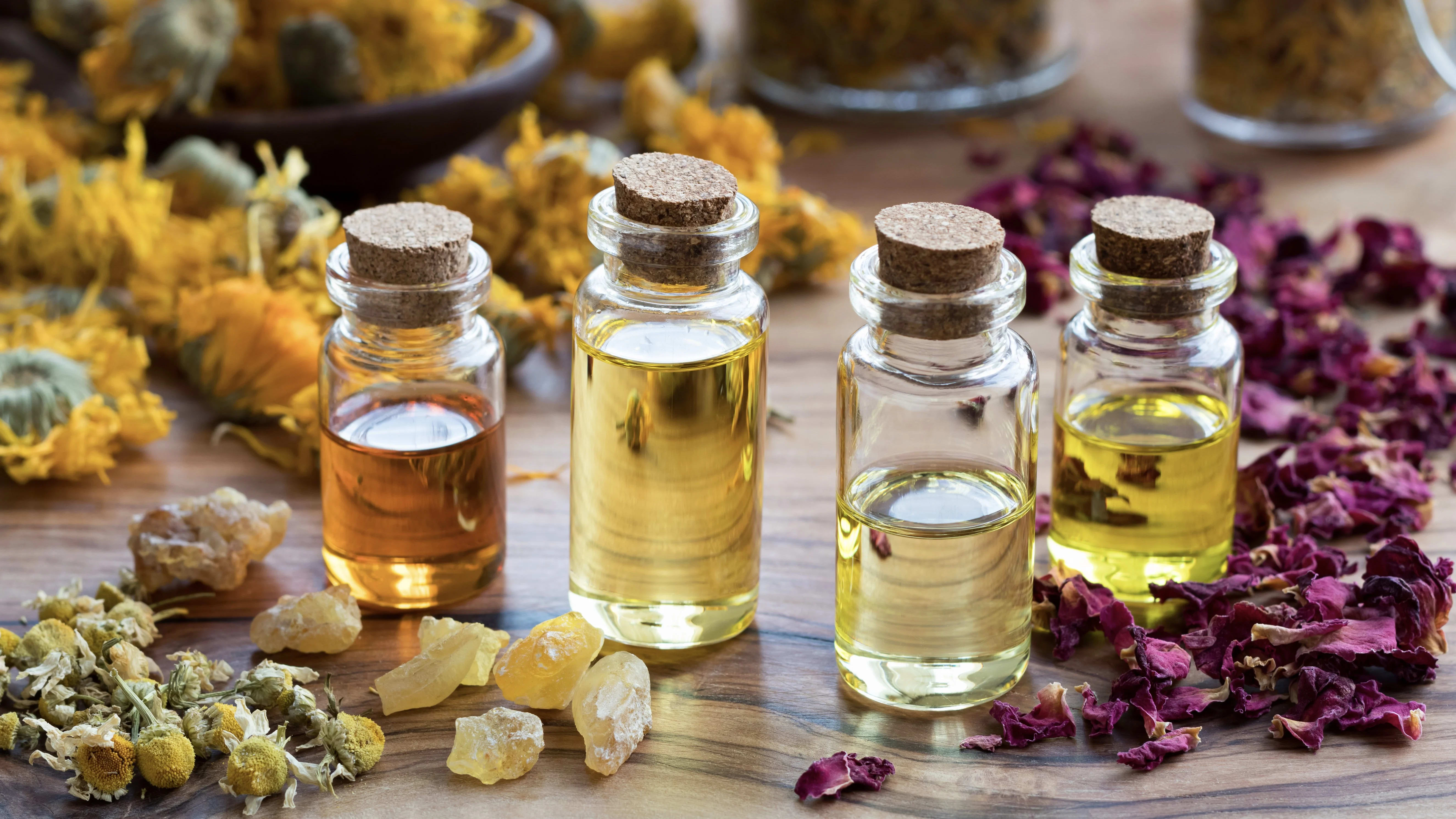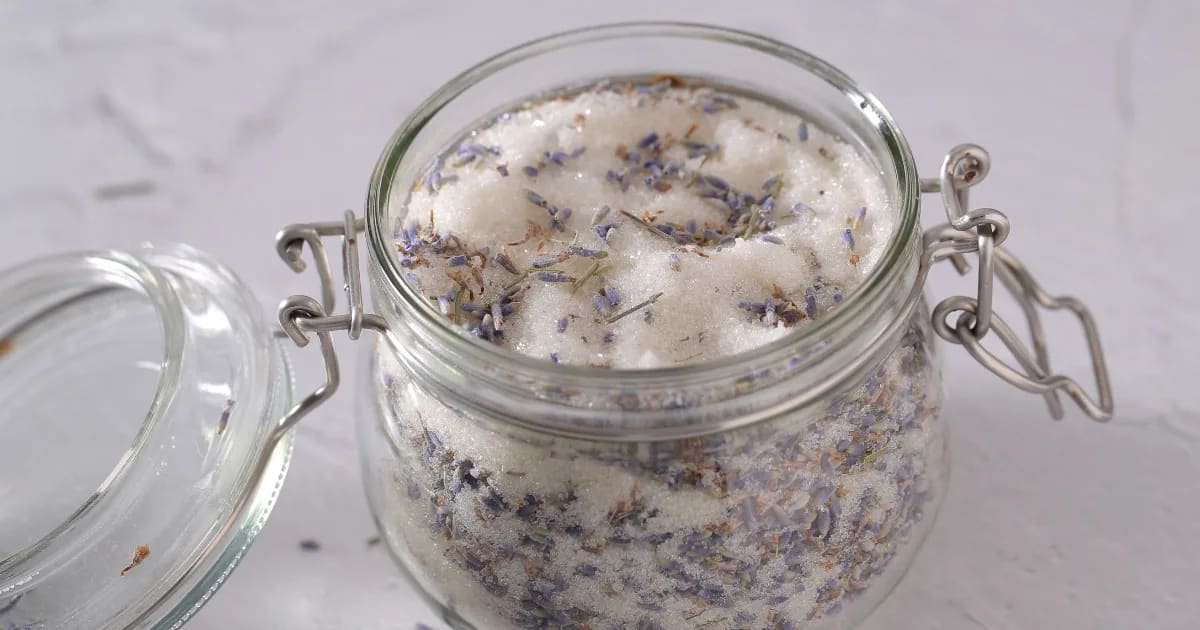Why Using Sustainable Essential Oils Matters

Using sustainable essential oils is important!
Sustainable essential oils are made from plants that have been harvested in an ethical, responsible way.
Why is sustainability important?
Essential oils have gotten very popular over the past ten years or so. Demand for essential oils has gone up . . . and it keeps increasing!
But the supply of essential oils can’t always keep up with that demand.
Some aromatic plants are endangered (or nearly endangered). This is usually due to a variety of factors (not just essential oil production). For example, some species are over-harvested for their wood or to make perfumes. Some are threatened by the changing climate or are destroyed by corporations looking to use the land for another purpose. Those are just a few possible causes.
Whatever the reasons for a plant’s scarcity, we aromatherapists should play a role in preserving it.
We don’t want to strip Mother Nature of her resources for our own gain. We want to ensure the plants we love thrive so they’ll be around for future generations and so they’ll continue playing vital roles in the ecosystems where they grow.
That’s why it’s so important to buy sustainable essential oils!
What are sustainable essential oil practices?
Sustainable essential oils can be produced in several ways:
Cultivation
Wildcrafting
Sustainable cultivation
Some essential oil producers are farmers who grow their plants with care on farms, plantations, and orchards. (Sometimes the farmers distill the essential oils themselves, and other times the farmers sell their harvests to small distilleries.)
Sustainable farming and harvesting means only taking as much material as the plants can give.
The harvesters either leave a portion of the crop to repopulate the growing area, or they have a regular routine of planting as well as harvesting.
Sustainable wildcrafting
Other essential oil producers practice “wildcrafting”—this means they don’t cultivate anything but go to where the plants naturally grow in forests and other wild places.
Again, they should only take as much as the plants can give.
Sometimes this means leaving a portion of the plants untouched, so they’ll repopulate naturally.
St. John’s wort is a great example!
St. John’s wort isn’t so easy to cultivate, but it does grow wild in abundance.
Our friends at Aromatics International (aromatherapy suppliers in Montana) went on a weeks-long hunt to find a source for St. John’s wort. When they finally found patches of the bright yellow blossoms growing wild, they set out for the harvest! But they made sure to leave plenty of the plants behind. That way the plants can repopulate, and there will be a wealth of St. John’s wort to harvest next year. (And the year after that, and the year after that…!)
Other times, sustainable wildcrafting means carefully taking material from a single plant, making sure not to kill the organism.
This is currently how Spikenard should be harvested.
Spikenard oil is distilled from the roots of plants in Nepal and India. In Nepal, Spikenard has been critically endangered due to over-harvesting and selling the roots on the black market. This unethical and harmful practice is being stopped by many who are concerned. Spikenard is once again available for distilling due to government involvement in careful planning and rotating where the roots are picked each year.
Some very conscientious wildcrafters in Nepal have developed a method of carefully taking a portion of a Spikenard plant’s roots, making sure enough roots remain so the entire plant survives. This method requires extreme care and education, understanding the plant’s needs, and treating it with respect at every step of the process.
Another example is Peru Balsam.
Peru Balsam can be produced as an essential oil or an oleoresin. But distilling the essential oil isn’t always a sustainable process. The oleoresin involves tapping the tree and only taking a safe amount of the resin. The tree itself isn’t harmed. The essential oil is distilled from the oleoresin and takes more material.
Using sustainable essential oils respects nature
Sustainable practices are good for the earth and the plants.
They ensure that plants and essential oils will be around for future generations. And they protect delicate interconnected ecosystems, where every form of life works together in a relationship that keeps the whole environment thriving.
Ready to learn the basics of blending your essential oils? How to Blend Essential Oils is for you!
This free course is perfect for beginners who want to create therapeutic blends. In just one hour, we'll explain the difference between essential oils and carriers, show you how to create three different blends and teach you how to use the drop-by-drop method so you can start creating your own blends today!





